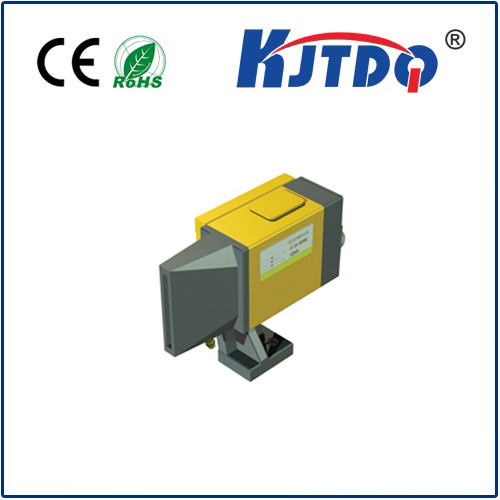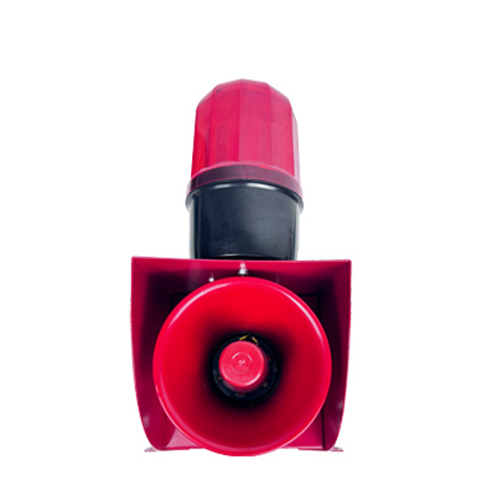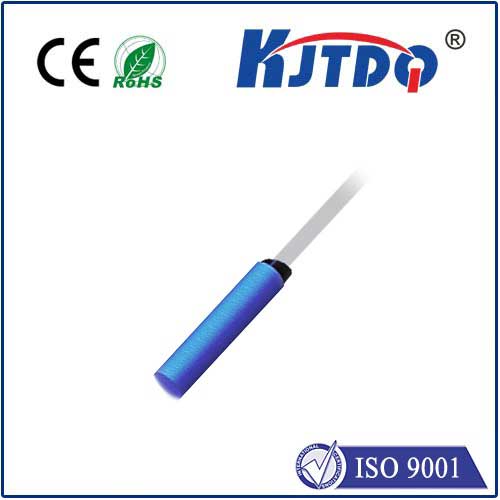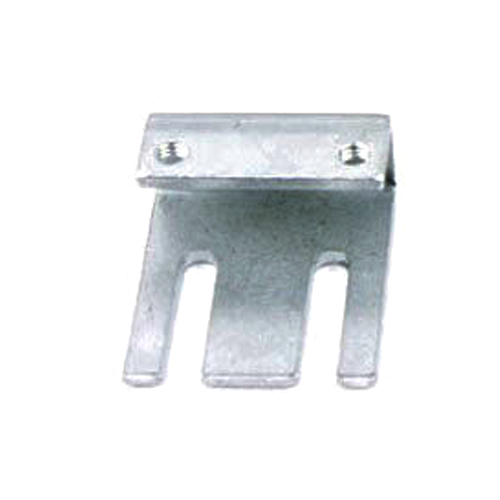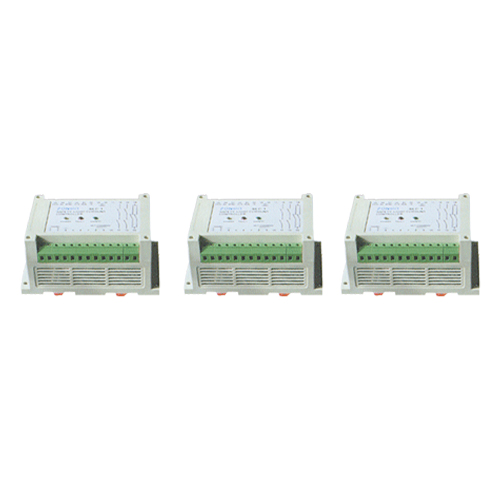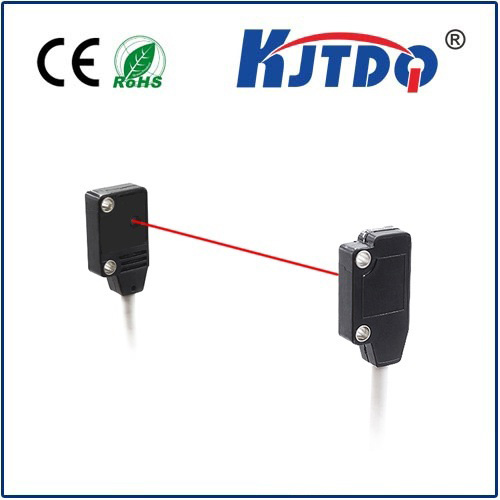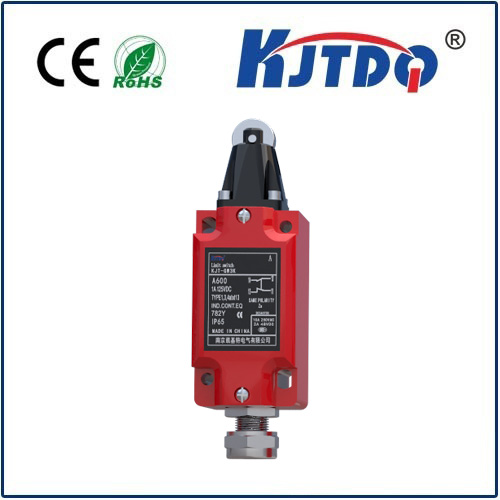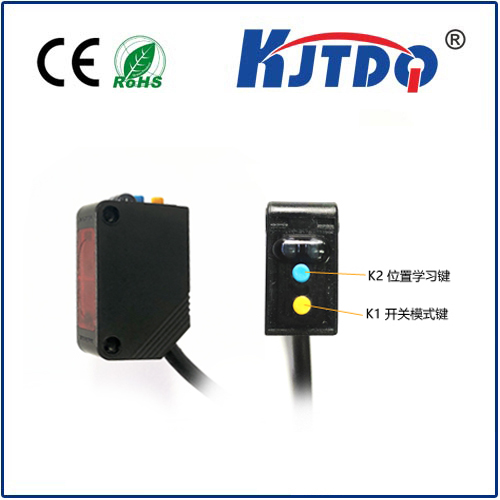proximity sensor robotics
- time:2025-07-16 08:14:46
- Click:0
The Invisible Guardian: How Proximity Sensors Revolutionize Robotics
Imagine navigating a bustling street blindfolded. The chaos, the collisions, the sheer impossibility! Now, picture a robot attempting to operate in the complex, dynamic world of a factory floor, a warehouse, or even a home without sensing its immediate surroundings. This is the critical void filled by proximity sensors in robotics. These unassuming components act as the robot’s “invisible eyes and feelers,” providing essential spatial awareness that transforms machines from clumsy automatons into intelligent, adaptable partners. The integration of proximity detection technology is fundamental to the safety, efficiency, and autonomy that define modern robotics.
At its core, a proximity sensor is an electronic device designed to detect the presence or absence, and sometimes measure the distance, of nearby objects without physical contact. Unlike vision systems that interpret complex scenes, proximity sensors excel at a specific task: sensing objects within a limited, defined range. This non-contact sensing capability is paramount in robotics applications where unintended collisions could cause damage to the robot, the object, the environment, or pose safety risks to humans.
Several types of proximity sensors are commonly employed in robotics, each leveraging different physical principles:
- Inductive Sensors: Primarily detect metallic objects. They generate an electromagnetic field; when a metal object enters this field, it causes a change detected by the sensor. Ideal for detecting metal parts on assembly lines or robotic arms.
- Capacitive Sensors: Detect both metallic and non-metallic objects (plastics, wood, liquids) by sensing changes in capacitance when an object enters their electrostatic field. Useful for object detection regardless of material type on a conveyor, for example.
- Ultrasonic Sensors: Emit high-frequency sound waves and measure the time it takes for the echo to return after bouncing off an object. Excellent for measuring distance and detecting objects of various materials, though susceptible to ambient noise and surface texture. Crucial for robotic navigation and obstacle avoidance in diverse environments.
- Optical Sensors (Photoelectric): Use light beams (visible, infrared, laser) to detect objects. They can operate in different modes (through-beam, retro-reflective, diffuse reflective) and are great for detecting small objects or precise positioning but can be fooled by color, reflectivity, or ambient light conditions.
- Magnetic Sensors (Reed Switches/Hall Effect): Detect the presence of a magnetic field. Often used for end-of-arm tooling detection or sensing the position of magnetic components.
The deployment of proximity sensing technology within robotic systems unlocks a multitude of critical capabilities:
- Collision Avoidance & Safety: This is arguably the most vital role. Proximity sensors act as a first line of defense. Strategically placed around a robot’s body or manipulator, they can detect an unexpected obstacle – be it a human worker, another robot, or stray equipment – far before physical contact occurs. This allows the robot controller to trigger an immediate stop (E-stop) or enact an avoidance maneuver. Safety-rated proximity sensors are fundamental components in achieving the stringent safety standards required for collaborative robots (cobots) working alongside humans. They prevent costly damage and, most importantly, protect personnel.
- Precise Object Detection & Positioning: Robots need to know exactly where an object is for reliable picking, placing, or interaction. Proximity sensors provide reliable binary (present/absent) signals or analog distance measurements used to trigger actions or fine-tune positioning. For instance, a capacitive sensor can confirm a plastic bottle is correctly positioned on a conveyor before a robot gripper attempts to grasp it. Inductive sensors accurately detect the presence of a metal bracket at a welding station.
- Navigation & Obstacle Detection: For autonomous mobile robots (AMRs) navigating warehouses, factories, or hospitals, obstacle avoidance is non-negotiable. Ultrasonic and optical sensors form “bumper fields” around the robot, constantly scanning the terrain. When an obstacle enters the detection zone, the robot’s path planning algorithms immediately recalculate a safe route, ensuring smooth, uninterrupted movement.
- End-of-Arm Tooling (EoAT) Confirmation: Sensors integrated into grippers or tool changers confirm successful part acquisition or tool engagement. A magnetic or inductive sensor on the gripper can verify a metal part is securely held before the robot moves.
- Presence Verification & Counting: Simple but essential tasks like verifying a part is present at a workstation before a robot begins processing it, or counting items passing a point on a line, are efficiently handled by proximity sensors.
The benefits of integrating sophisticated proximity detection capabilities into robotic systems are profound:
- Enhanced Safety: The critical safety feature preventing accidents in human-robot collaborative spaces and high-speed automation cells.
- Increased Efficiency: Minimizing pauses for collision recovery and enabling faster, more confident movement leads to higher throughput.
- Reduced Downtime & Damage: Preventing crashes protects expensive robots, tools, and manufactured parts.
- Greater Autonomy: Essential for AMRs and systems operating with minimal human supervision.
- Improved Reliability: Consistent, repeatable detection enables dependable operation in demanding industrial environments.
- Simpler Integration: Often easier and more cost-effective to implement than complex vision systems for basic presence/distance tasks.
As robotics pushes forward, the role of proximity sensing continues to evolve. Sensor fusion – combining proximity data with inputs from cameras, LiDAR, and other sensors – creates more robust and comprehensive environmental awareness for robots. Artificial intelligence is being leveraged to interpret proximity sensor data streams more intelligently, predicting object behavior or optimizing reaction times. New sensor materials and miniaturization techniques are enabling smaller, more sensitive, and more energy-efficient proximity detectors. Furthermore, research into novel proximity detection methods, like those inspired by nature (e.g., whisker-like sensors), holds promise for even more sophisticated spatial perception in unstructured environments.
Proximity sensors in robotics are far from mere components; they are the silent sentinels enabling robots to safely and effectively co-exist and collaborate within our world. From ensuring a cobot stops millimeters before touching a human hand to guiding an AMR flawlessly through a crowded warehouse aisle, this technology provides the fundamental spatial intelligence that breathes life and safety into modern robotic systems. Their evolution remains tightly coupled with the relentless advancement of robotics itself, promising even smarter, safer, and more capable machines in the years to come. The invisible guardian is truly indispensable.











